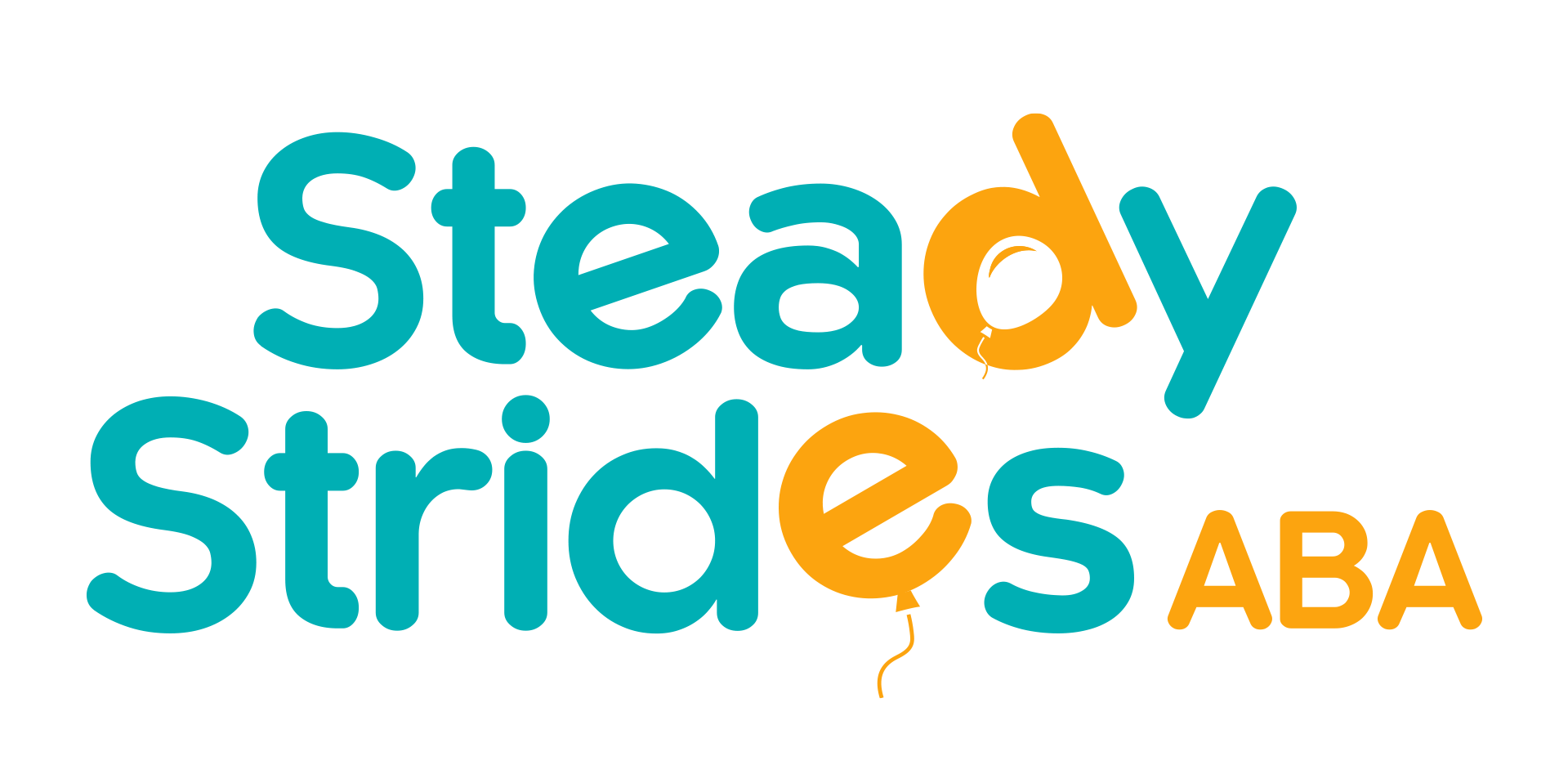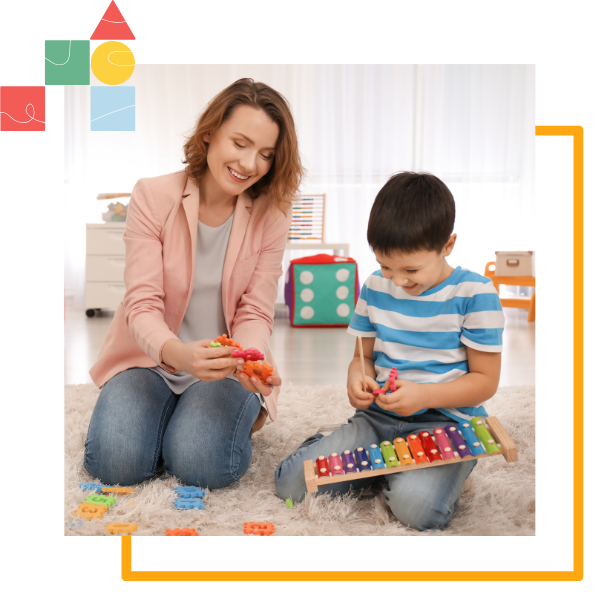High-functioning autism isn’t a formal medical diagnosis, but it’s often used to describe individuals on the autism spectrum who have
average or above-average intelligence and fewer language delays. Diagnosis typically begins with developmental screenings during childhood. If signs of autism are present, like difficulty with social interaction, intense focus on specific interests, or sensory sensitivities, a comprehensive evaluation is recommended.
This evaluation is usually performed by a psychologist, developmental pediatrician, or neurologist. It may include behavioral observations, parent interviews, and standardized assessments such as the Autism Diagnostic Observation Schedule (ADOS) and Autism Diagnostic Interview-Revised (ADI-R). Cognitive testing is also used to assess learning strengths and challenges.
Importantly, even those considered “high-functioning” may struggle with executive functioning, anxiety, or social cues, making a diagnosis crucial for support planning. Early identification can open doors to therapies like ABA, social skills training, and school accommodations.
Need guidance navigating a diagnosis?
At Steady Strides ABA, we’re here to help families understand autism and access personalized ABA therapy services in Texas. Contact us today to get started on your journey.
SOURCES:
https://www.webmd.com/brain/autism/high-functioning-autism
https://www.healthline.com/health/high-functioning-autism
https://health.clevelandclinic.org/high-functioning-autism
https://childmind.org/article/what-is-high-functioning-autism/
https://specialolympicsarizona.org/what-is-high-functioning-autism/













